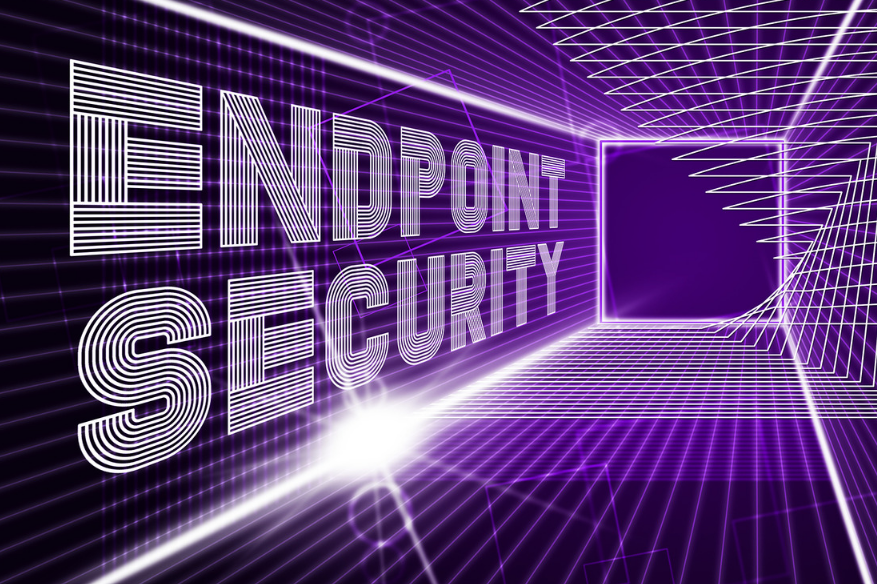Posted inTECH
“How to Implement Ironclad Endpoint Security on Your Computer and Phone in 2025
In an era where cyber threats evolve at lightning speed, implementing ironclad endpoint security on both your computer and phone is no longer optional—it's essential. Whether you manage a small…
